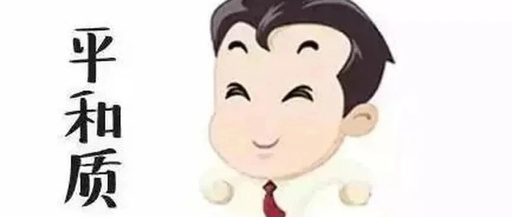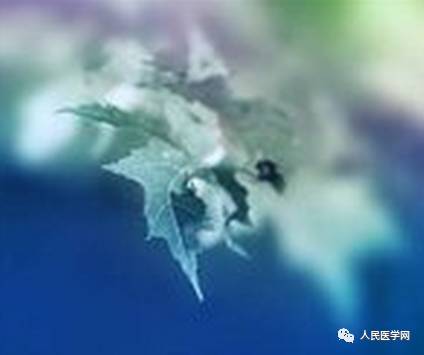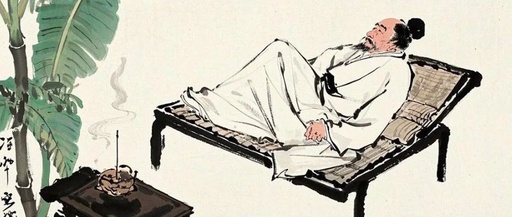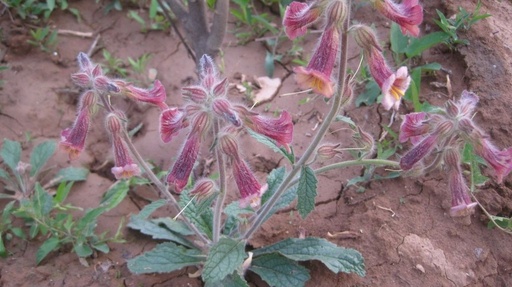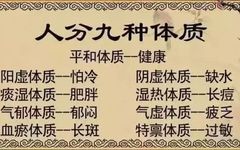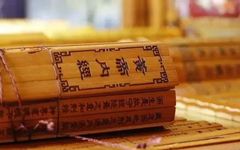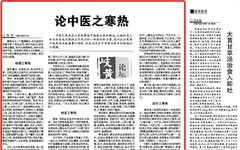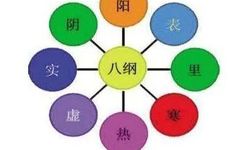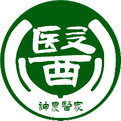Classification of Pediatric Constitutions in Traditional Chinese Medicine
Click the blue text to follow and learn more knowledge Pediatric constitution refers to the relatively stable inherent characteristics formed on the basis of congenital inheritance and acquired factors. It is the comprehensive and relatively stable inherent characteristics of the human body that adapt to the natural and social environment, formed during growth and development, … Read more

